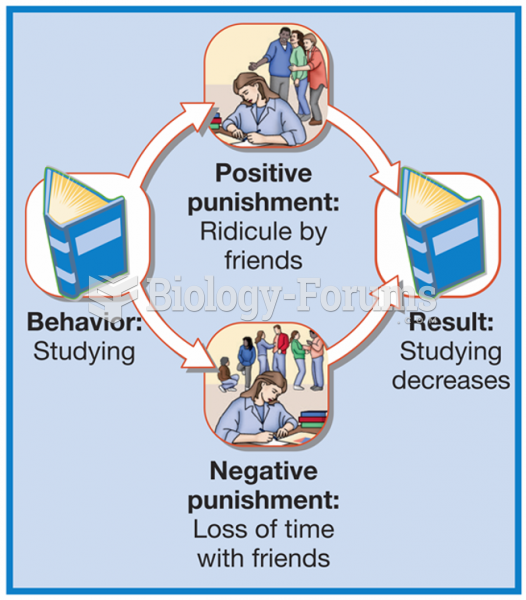Okay, I have no experience in environmental science, but I think I can answer your question because 1) I'm a scientist, and 2) a feedback loop is a universal concept in science.
POSITIVE FEEDBACK LOOP: [A -> B, and B -> A . . . or "A causes B, and B causes A"]
Let's use a dumb analogy as an example. Let's say (A) your brother, who lives in the next room, is listening to really loud music, I mean the walls are shaking from the bass, and it's just unreasonably loud. You, who live in the next room, are trying to study. You (B) react to your brother's loud music by turning your own loud music up to drown his out. In response, he turns his up even higher to drown yours out. And this goes on and on, with each of your responses "driving" or "enhancing" the other.
This is an example of a positive feedback loop. "A causes B, then B causes A". And the cycle just keeps repeating and the results (e.g., volume of music) keep getting more and more amplified. Keep in mind that the loop does not necessarily have to be composed of only 2 events (A and B). It is totally possible that A causes B, B causes C, C causes D, etc., but somewhere down the line "E" or "F" or "G" or "Z" will enhance "A", thus the cycle will start all over again. This is still a positive feedback loop.
I'm sure you can think of a good example of how this might happen in environmental science.
NEGATIVE FEEDBACK LOOP: "A causes B, and B prevents A"
Do you see the difference from Positive Feedback Loop? Instead of "causing" or "enhancing" a previous event, "B" (or "C" or "D" or "E" or "Z") is actually inhibiting/preventing the earlier event "A". As an example, you can think about what happens in your body when you're hungry and you eat a meal. (A) Your brain tells you that you are totally starving, so (B) you pour a bowl of cereal and eat it. In response, (C) your blood sugar rises and sends signals to your brain that you are no longer hungry (A). In this case, the end of the chain of events acts to "turn off" the signal at the beginning of the chain of events.
I hope this helps! Best of luck in class!







